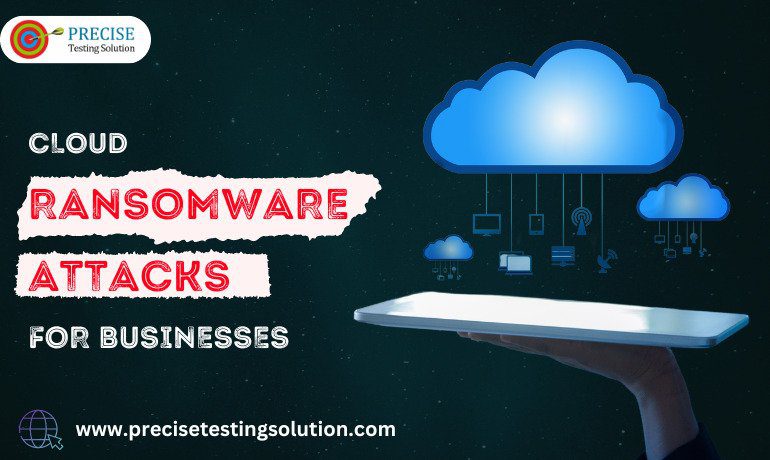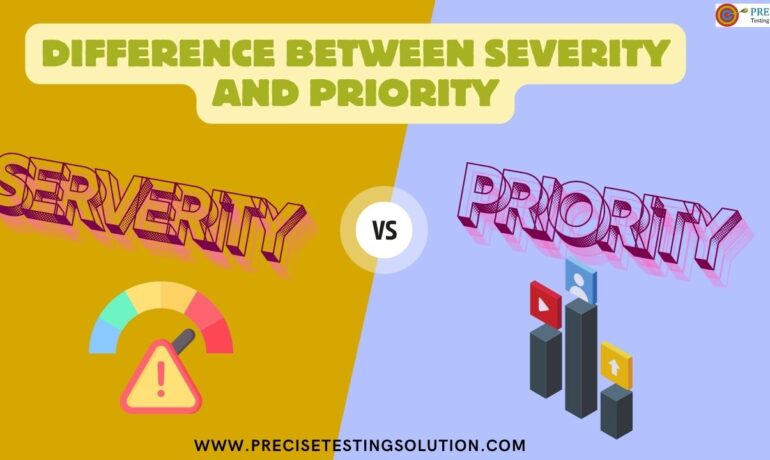What Is a Ransomware Attack? Protect and Remove
Through this article, we will be able to understand as to why ransomware attacks are targeting cloud storage, and what can be done in order to avoid these attacks from happening on the cloud infrastructure of business organizations. As the cloud storage is increasingly being subjected to catastrophic ransomware attacks.
However, the good news is that businesses can protect themselves from ransomware attacks by implementing a variety of strategies in order to boost their overall cybersecurity posture for cloud storage, which we will discuss later in this article.
Why cloud ransomware attacks are on the rise?
The ubiquity, interconnectedness, and accessibility of cloud storage make it a seductive target for ransomware attacks. As the cloud storage is increasingly being subjected to catastrophic ransomware attacks. So, any organization’s important and crucial files may be unexpectedly encrypted by this type of malware, making them impossible to read.
Hence, protection against ransomware attacks should be a crucial part of any organization’s comprehensive cybersecurity posture for cloud storage. Businesses would benefit from providing employees with training to identify ransomware attackers tactics and to make sure that all preventative steps are done to secure cloud data.
Examples of ransomware strategies including stealing of sensitive data before it is encrypted, threatening to leak it, and launching distributed-denial-of-service (DDoS) attacks to divert security teams while attempting to achieve malicious objectives like encryption of critical business data.

How do cloud ransomware attacks operate?
When hackers are successful in bypassing poor access controls on services that are accessible via the internet, they can then spread ransomware to an internal Infrastructure as a Service (IAAS) environment. This is known as a cloud ransomware attack which may use a number of methods, such as obtaining user credentials. These can subsequently be used to launch phishing attacks or other identity-based online attacks, get access to cloud platforms.
Malware authors and other criminal organizations are running their own businesses like any other modern company, and they are adapting their strategies and methods to embrace cloud computing. Additionally, the automation of cloud-based cyberattacks is expanding, and the interval between the public disclosure of a vulnerability and the weaponizing of malware, including ransomware, has become smaller.
Nowadays, every business organization using the cloud services is at risk, but those who lack experience in designing safe cloud services are “particularly vulnerable,” along with companies who lack security controls to stop unauthorized users from giving applications authorization. Businesses that are unable to understand the concept of “shared security responsibility,” which states that security is a joint obligation of the business and the cloud provider, are also at danger.
What can be done to avoid cloud ransomware attacks?
There are no definite certainty that businesses won’t be targeted by variants of ransomware expressly targeting the cloud as the volume and scope of ransomware attacks grow.
A business can, however, take a number of precautions to stop cloud ransomware attacks from happening: –
1) Keep a sufficient backup plan in place. As regular backups are important and necessary in order to test the entire security infrastructure of any business organization. The organization’s resistance to attacks caused by ransomware should be evaluated through regular inspections and reviews. This should include examining the data stored in cloud services to see if it can be recovered in the event that it is erased or encrypted. Businesses must assess whether their data is backed up to another platform, how frequently this occurs, and when the latest simulated loss and restoration testing was conducted.
2) To reduce the threat posed by cloud ransomware attacks, employees must be properly trained. The methods employed in cloud-focused attacks, the measures that can be taken to defend against them, and the procedures for reporting an event when necessary must be made known to IT security professionals and end users. This is especially critical for employees who might not often find themselves privy to an organization’s cybersecurity posture and who might not have the essential knowledge about how to recognize threats or report events should they happen.
Regular cyber security awareness training can be helpful for keeping employees informed about the latest threats, whether that’s just how to spot a phishing email or a detailed look at some of the cutting-edge trends across the cybersecurity landscape. Businesses must also have a reliable method in place for reporting suspicious activities. Employees should be aware of who to contact if they believe their account or personal information has been compromised and what steps they might need to take if a cloud ransomware attack is in progress.
3) Technical cybersecurity solutions might be crucial in reducing possible threats while upholding strict security hygiene practices like multi factor authentication, also known as MFA, and routine patching. Therefore, it is recommended that business entities must establish effective endpoint, email, and cloud app detection and response capabilities.
In the long run, this will help cloud developers and engineers avoid falling victim to social engineering approaches used by hackers. All threat notifications should be routed to a SOAR (security orchestration, automation, and response) system or a SIEM (security information and event management) system. These systems will guarantee round-the-clock monitoring of potential threats, which can be extremely helpful in providing early warnings of an attack and helping organizations to adjust their cybersecurity posture appropriately.
Conclusion
Hence, from the above discussion, we can conclude this article by saying that attacks using cloud-based ransomware have increased in prevalence over the past few years, making them one of the most significant dangers to businesses in various industries. A twofold issue has emerged for enterprises as a result of this surge and the increasing adoption of cloud computing. Since most ransomware payloads are set up to function on isolated systems, serious attacks are still much more uncommon on cloud infrastructure, but cybersecurity experts have warned that hackers are catching up fast.
We at Precise Testing Solution, being a cloud service provider company are helping our client organizations on how to deal with cloud ransomware attacks which are targeting the entire cloud infrastructure through ransomware on all the critical business data of cloud-based organizations.
For more information AND Confirm your meeting, visit our website at www.precisetestingsolution.com or call our office at 0120-368-3602. Also, you can send us an email at [email protected].
We look forward to helping your business grow!
A Guide to Determining Severity Vs Priority Levels
In any project, especially in software development, bug tracking
What Is Pharming? A Comprehensive Guide to Protection and Prevention
What Is Pharming in Cybersecurity? Pharming is a sophisticated


